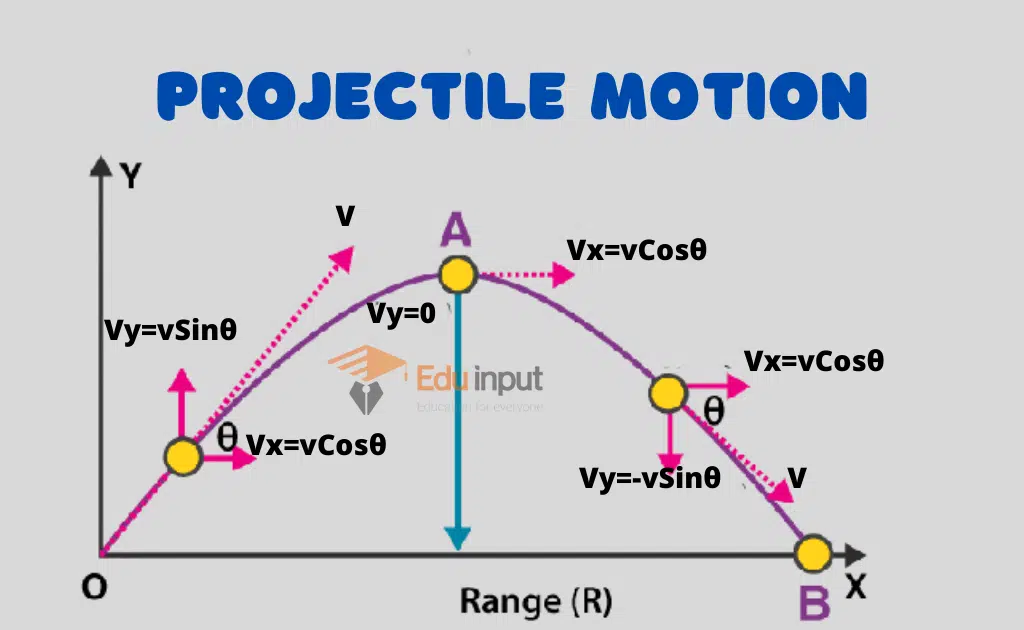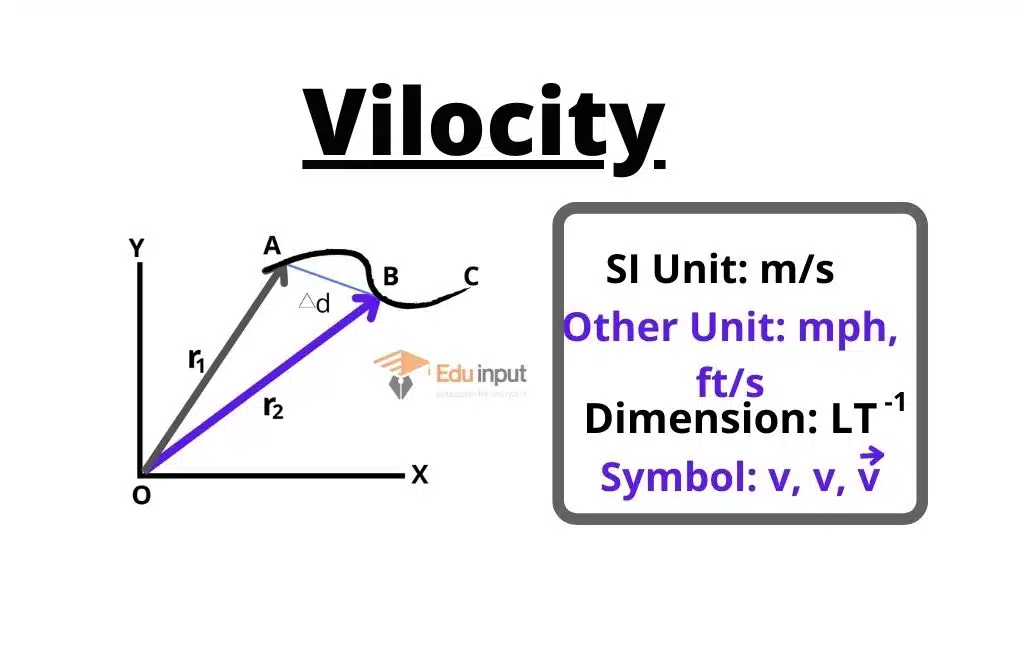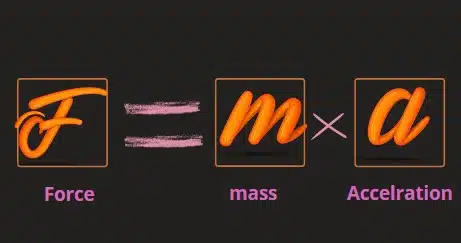Inelastic Collision-Definition, Types, And Examples
A type of collision that takes place between two objects in which some energy is lost is called an inelastic collision. In the case of inelastic collision, there is a difference between momentum and energy. In nature, most of the collisions in daily life are inelastic.
What is Inelastic Collision?
An inelastic collision occurs when some amount of energy from a colliding object is lost. This type of collision is opposite to the elastic collision. The maximum amount of energy is lost in a perfectly inelastic collision as the colliding particles stick together. In such cases, the lost energy is used to bond the two people together. Problems that involve collision are usually solved with the use of momentum and energy.
An inelastic collision is one in which objects stick together after hitting something. The forces between objects may be able to convert energy into other forms of energy, such as potential energy or thermal energy. In other places, the concepts of energy are more thoroughly discussed.
Two objects with the same mass head towards each other at the same speeds and then stick together. After they collide, the two objects come to rest but not with the same amount of energy as before. Thermal energy, or heat, gets converted to motion energy.
Types of inelastic collision
There are two types of inelastic collision
- Perfectly inelastic collision
- partially inelastic collision
Perfectly inelastic collision
A perfectly inelastic collision can happen when the maximum amount of energy in a system is lost. Examples: An arrow hitting a target board.
In a perfectly inelastic collision, the colliding particles stick together. In a collision, the energy is lost because of bonding the two bodies together. The maximum kinetic energy loss of the system is usually caused by bonding energy.
The momentum of the two-body system is only conserved if the surface has no surface movement. The movement of the two bodies is transferred to the surface by the action of the other body. In the example above, the equation holds true for the two-body system collision, if there is air resistance. There is no movement between the sliding bodies and the surface in this example, which is why the system’s momentum is conserved.
Partially inelastic collisions
In the real world, partially inelastic collisions are the most common type of collision. The objects that are involved in the collision do not stick, but some energy is lost. Friction, sound, and heat are some of the ways that energy can be lost in a partial inelastic collision.
Inelastic collision examples
These are some real-life examples of inelastic collision
- car crashing on the road
- a bat striking a baseball
- An arrow hitting a target board
- Breaking a glass







Leave a Reply